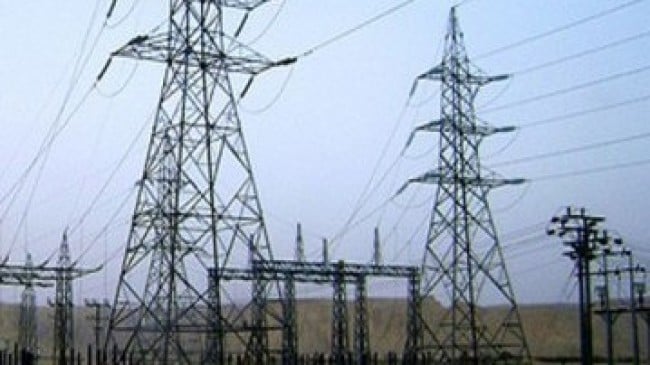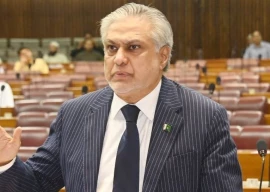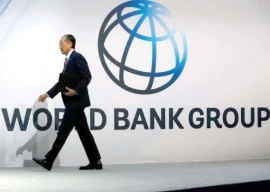
With potential losses surging to Rs5.2 trillion, mainly in the power sector, the government has decided to introduce a single electrify tariff by eliminating tariff slabs and subsidy by July next year.
The government has worked out a potential loss of Rs1.2 trillion in the power sector on account of circular debt, Rs1.2 trillion due to future capacity payments, Rs0.3 trillion in the gas sector and Rs1 trillion in guarantees for loss-making Power Holding Private Limited (PHPL). The losses account for 24% of the total domestic debt stock.
It also calculated Rs0.5 trillion worth of loss in food and fertiliser and other potential losses amounting to Rs1 trillion. The government has decided to introduce a single tariff, which it believes will result in savings of Rs200 billion annually.
Sources told The Express Tribune that the cabinet, in a recent meeting chaired by the prime minister, directed Pakistan Electric Power Company (Pepco) and Central Power Purchasing Agency-Guarantee (CPPA-G) to file a single tariff application with the National Electric Power Regulatory Authority (Nepra) based on consolidated accounts.
Average tariff will enable the government to target and indemnify the subsidy size and remove cross-subsidies. It will also identify the impact of surcharges on power consumers.
At present, there are different slabs, which have varying tariffs for consumers falling under each slab. Under the action plan, the government will remove the slabs and subsidies higher than the average charges will be distinctly identified on bills.
Officials said that the PM Office had notified a policy to give targeted subsidy to only Ehsaas programme beneficiaries. The government is currently conducting a survey. This policy will be applicable to electricity consumers after completion of the survey. A pilot project has started in Islamabad Electric Supply Company (Iesco). Data collection is being done in batches and 100,000 samples are being examined in this regard.
The government is currently giving a subsidy of Rs3 per unit to industrial consumers that amounts to Rs75 billion annually. It will calculate arrears and settle all claims by June 21. However, it will be completely eliminated with effect from July 1, 2021. The government is also giving subsidy to the major export-oriented sectors. It will continue to provide subsidy for this sector but will ensure better targeting.
Agricultural tube wells
The government is extending Rs45 billion in subsidy to the agricultural tube wells. It will request provinces to share 50% burden of this subsidy. The government has undertaken a survey of beneficiaries by allowing the tube-well owners eligible for subsidy to register. It will reduce the subsidy bill.
The government has decided to renegotiate agreements with Fata and Azad Jammu and Kashmir. It wants to reduce subsidy from the current Rs15 billion to Rs12 billion per annum. The government is also renegotiating agreements with the independent power producers (IPPs) to reduce the burden of capacity payment.
During discussion, the prime minister gave directives for targeted subsidies to support the poor and backward areas as well as the export-oriented industry, which were expected to assist in wealth creation. Some cabinet members were wary of the impact of sudden withdrawal of power and gas subsidies as it would place an unbearable burden on the middle-income groups.
It was suggested that the reduction should be made in a phased manner allowing people to adapt to the new system. Consequently, the cabinet decided that there should be a timeline for phasing out subsidies for low, middle and high-income groups so that their impact was neutralised and managed in a benefitting manner.
Published in The Express Tribune, November 17th, 2020.
Like Business on Facebook, follow @TribuneBiz on Twitter to stay informed and join in the conversation.


1731914690-0/trump-(26)1731914690-0-165x106.webp)















COMMENTS
Comments are moderated and generally will be posted if they are on-topic and not abusive.
For more information, please see our Comments FAQ